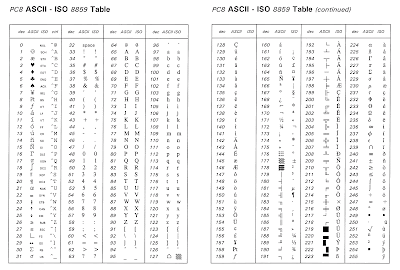Master Clock Time Protocols
The information you've provided relates to the features and capabilities of a master clock device, often used in various applications such as telecommunications, broadcasting, and IT infrastructure. This master clock typically provides highly accurate time synchronization to client devices in a network.
TIME Protocol (RFC 868)
- Protocol: TCP/UDP
- Port: 37
- Purpose: The TIME protocol is a simple way for a client to request the current time from a server. The server responds with a 32-bit binary number representing the number of seconds since midnight (00:00) on January 1, 1900 (UTC). This protocol is now considered outdated but is still occasionally used for simple time synchronization needs.
DAYTIME Protocol (RFC 867)
- Protocol: TCP/UDP
- Port: 13
- Purpose: The DAYTIME protocol allows a client to request the current date and time in a human-readable format from a server. The server responds with an ASCII string representing the current date and time. Like the TIME protocol, DAYTIME is considered outdated but may still be used in some legacy systems.
NTP (Network Time Protocol) and SNTP (Simple Network Time Protocol)
- NTP (Version 4, V3 compatible): This is the most widely used protocol for synchronizing clocks of computer systems over packet-switched, variable-latency data networks. It uses the User Datagram Protocol (UDP) and communicates over port 123. NTP is highly precise and can account for various delays in network communication.
- SNTP: A simplified version of NTP that lacks some of the complex features but is sufficient for many applications requiring less precision. SNTP also uses UDP on port 123.
NTP Authentication
- MD5 Key / Autok: NTP supports authentication mechanisms to verify that time data has not been tampered with during transmission. The use of an MD5 key involves hashing the time data and appending this hash to the message, allowing the receiver to verify its authenticity.
Master-Slave Synchronization
- Optical DTS Link: The master clock can communicate with slave devices via an optical DTS link, ensuring accurate time distribution. The synchronization accuracy is typically within +/- 1 microsecond.
Client Request Handling
- Max Client Requests:
- Typical: The master clock can handle around 3,000 NTP/SNTP requests per second on a long-term basis, which is sufficient for many enterprise environments.
- Maximum: Under short bursts, the master clock can handle up to 15,000 requests per second, which may be necessary for scenarios with a high volume of time synchronization requests.
Time Distribution Methods
- Server, Peer, Broadcast, Multicast: The master clock can operate in different modes for distributing time:
- Server Mode: The clock serves time to clients directly.
- Peer Mode: It synchronizes with other time servers.
- Broadcast/Multicast: Time data is sent out to multiple clients simultaneously, reducing the number of individual requests and improving efficiency in large networks.
This setup ensures that all connected devices in a network can maintain synchronized time, which is critical for many time-sensitive applications.



Ulasan